Affiliate links on Android Authority may earn us a commission. Learn more.
How to save, edit and delete your Chrome passwords
Published onJune 22, 2022
Saving your passwords allows you to fill in your logins automatically, so you don’t have to remember them. However, if your Google account is ever compromised, you could lose all that access and information, which is why we recommend using a secure password manager. It’s also good practice to change your passwords now and then. Here’s how to keep, edit and delete your Chrome passwords.
Read more: How to change your Gmail password
QUICK ANSWER
Select Agree when Chrome offers to save your password, then visit the Password Manager to see, change, or remove passwords you held in your Google account.
JUMP TO KEY SECTIONS
How to enable or disable Chrome from asking to save a password (desktop)
When you first download Chrome, it will store your passwords by default. However, you can turn this option off at any time. Click your profile icon in the top right corner of the Chrome browser, then click the key icon to access your passwords.
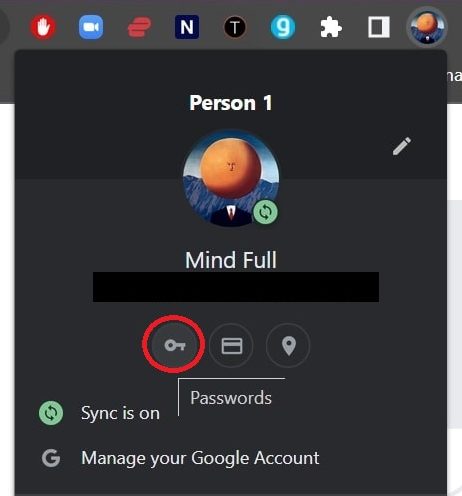
On the next page, turn Offer to save passwords on or off by clicking the blue toggle.
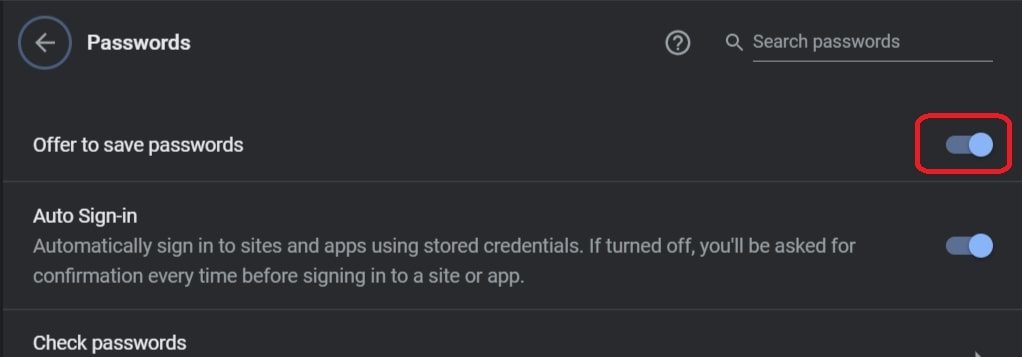
How to save a password in Chrome
When logging into a website, chrome will ask your permission to store your credentials. To accept, click Save. You can click Preview, represented by the eye icon, to ensure the password you are saving is correct.
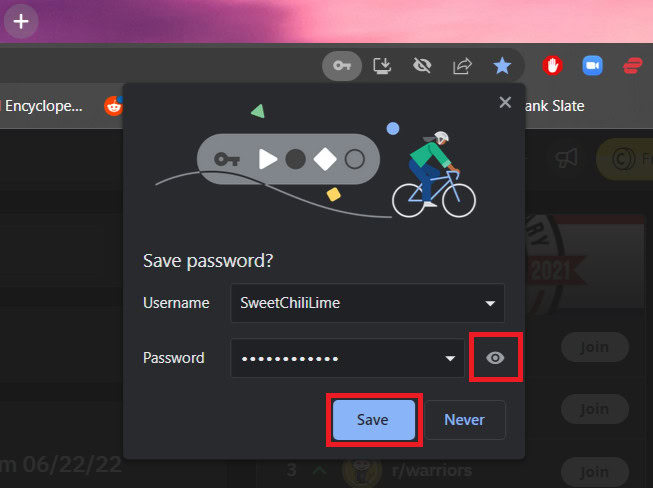
If there are multiple account passwords on the page, click the down arrow and choose the password you want to save.
Sign in with a saved password
Once you’ve saved your password, Chrome can help you sign in on that website.
- Google Chrome will automatically fill the sign-in boxes if you use a single username and password.
- If you’ve saved more than one username and password for a site, click the username field and select the sign-in info you want to use.
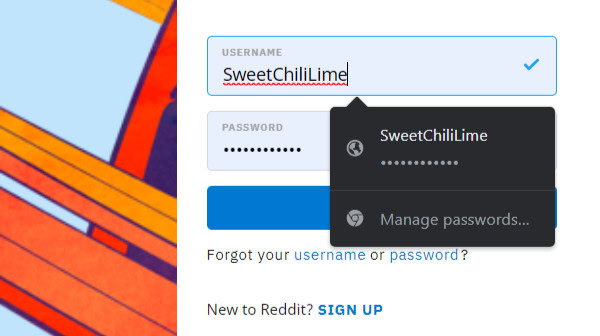
Where are Chrome passwords stored?
Chrome passwords are kept in a file named Login Data in the App Data folder on your computer. This way, you can back up the file, save it to a thumb drive, and copy it to a new computer as one method of transferring your saved passwords.
You can locate the file by pasting the following file path into your Windows Explorer.
C:\Users\username\AppData\Local\Google\Chrome\User Data\Default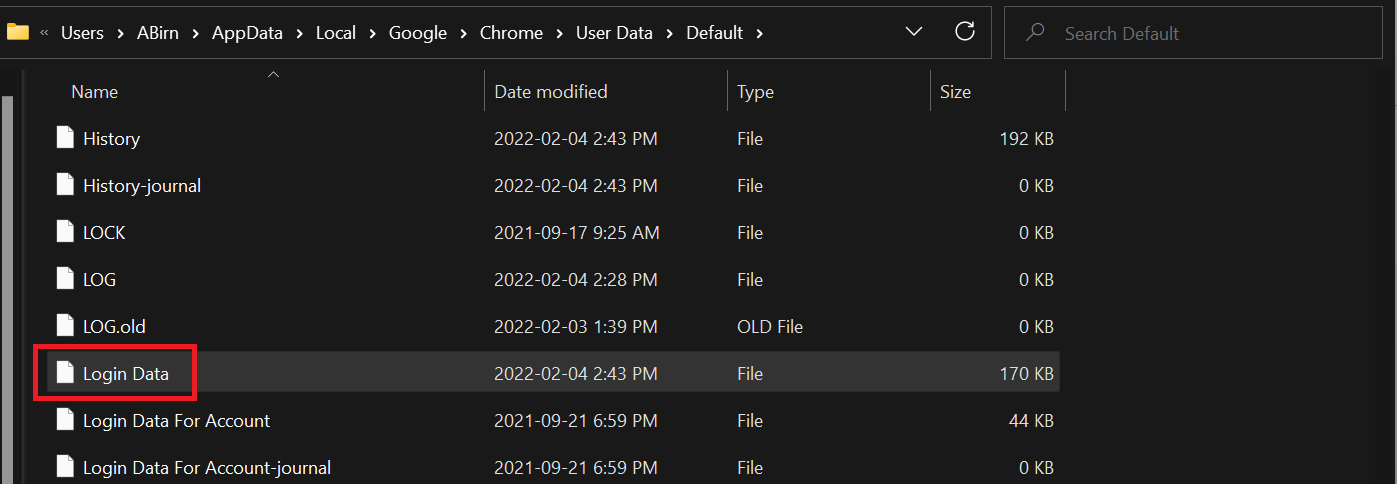
On macOS, the file path is:
/Users/username/Library/Application Support/Google/Chrome/Default
How to delete and export saved passwords on Chrome
You can show, edit, delete, or export saved passwords from Chrome’s settings. Click your profile icon in the top right corner of the Chrome browser, then click the key icon to access your passwords.

To export your passwords, click the three-dot icon to the right of Saved Passwords and select Export passwords.

If you forget a password and want to see what it is, you can click the eye icon beside it to preview the password. Note that If you lock your computer with a password, you’ll have to enter your computer password.
To edit or delete saved passwords, click the three-dot icon beside the password you want to manage, then select Edit or Remove.
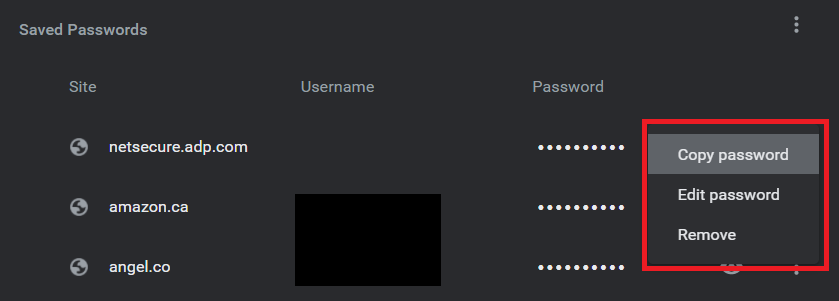
If you want to clear all your saved passwords at once, there’s an easier way than removing them one by one.
First, click More in the top right corner of the browser, and then under More tools, select Clear browsing data.
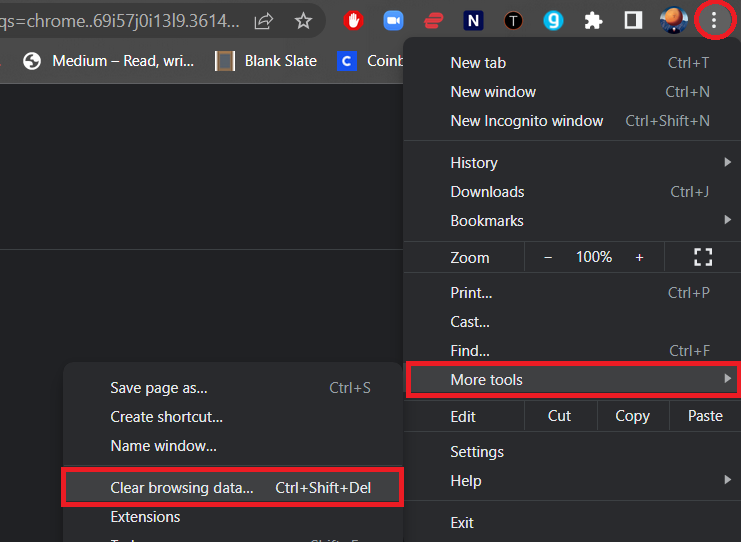
On the following page, select Advanced and the time frame you want to delete passwords for at the top of the list. Then, scroll down and tick the box next to Passwords and other sign-in data.
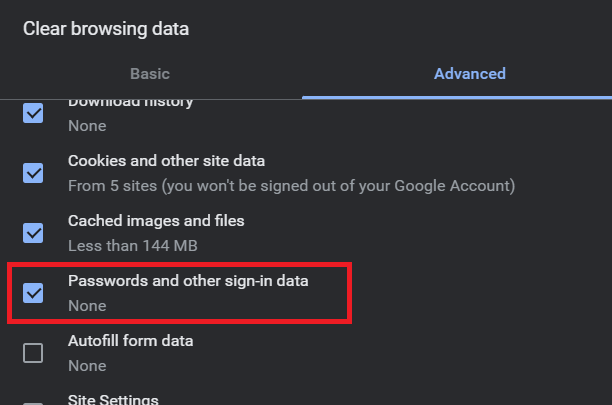
Lastly, click Clear data to delete all your saved passwords from Chrome.
Read more: How to change, edit, and delete your contacts in Gmail
FAQs
While browser-based password managers are better than having nothing, Chrome and Google Password Manager are less secure than other third-party password managing software. So it’s worth considering the switch and joining the 68% of our poll respondents who use one.
If Chrome isn’t saving or offering to save your passwords, visit Google support to learn how to fix issues with saved information.
Yes, your login information saves to a file on your computer. See where chrome passwords are stored to learn more.